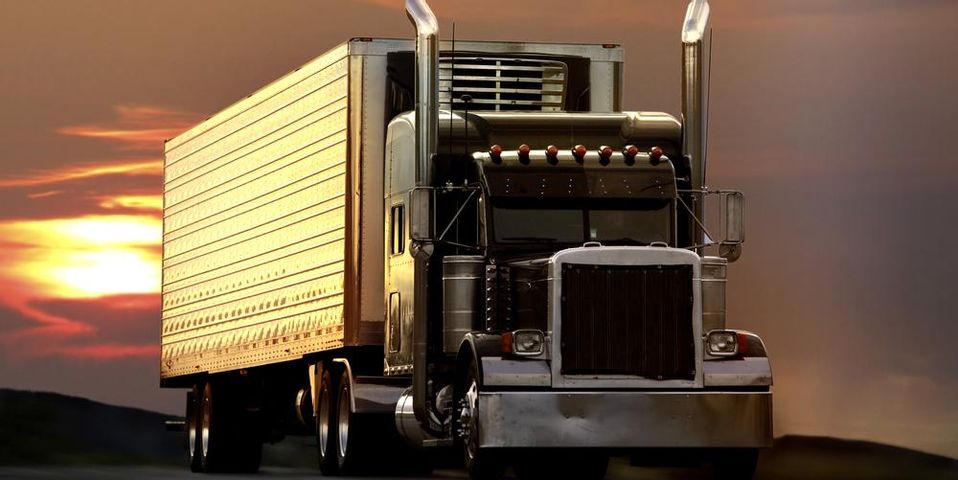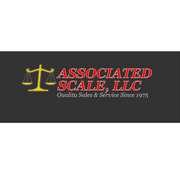How to Understand Truck Scale Calibration Procedures

Truck scale calibration is an essential aspect of owning a truck scale and ensuring that it is accurately registering a trucks’ weight. But, truck scale calibration can be a complicated process. Fortunately, the experts at Associated Scale in North Bend, OH, have put together a handy guide for understanding how it all works.
Understanding Truck Scale Calibration Procedures
Linearity Tests
 This is one of the main tests performed while calibrating a truck scale. Essentially, you start with a range of standardized weights of varying weight. You then create three groupings of weights comprised of different amounts that all equal the same total. For instance, you could have three groups of 300 lbs. One group could be three 100 lb. weights, one could be six 50 lb. weights, and one group could be 12 25 lb. weights. You then add the first group to the scale and make sure the reading is accurate. Follow it up with each subsequent group and continue to evaluate the accuracy of the scale so you can determine how the calibration needs to change.
This is one of the main tests performed while calibrating a truck scale. Essentially, you start with a range of standardized weights of varying weight. You then create three groupings of weights comprised of different amounts that all equal the same total. For instance, you could have three groups of 300 lbs. One group could be three 100 lb. weights, one could be six 50 lb. weights, and one group could be 12 25 lb. weights. You then add the first group to the scale and make sure the reading is accurate. Follow it up with each subsequent group and continue to evaluate the accuracy of the scale so you can determine how the calibration needs to change.
Repeatability Tests
This test requires you to add and remove the same amount of weight to the scale several times. This helps ensure the weight registered is accurate and consistent each time.
Eccentricity Tests
With this test, you take a set weight and apply it to different areas of the scale to ensure the correct weight is registered no matter where the weight has settled.
This is not a complete list of calibration tests, but it does represent a few of the main tests you should perform as part of your calibration process.
Do you have more questions about the truck scale calibration process? Give Associated Scale in North Bend a call at (513) 353-3788 and they’ll be happy to help. You can also visit their website to find out more about their full range of services, and connect with the team on Facebook.
About the Business
Have a question? Ask the experts!
Send your question

